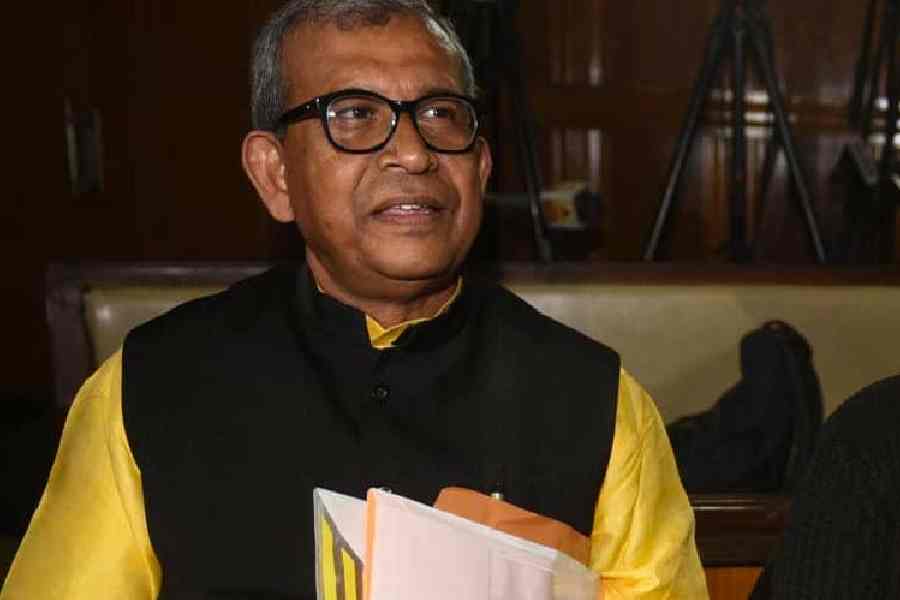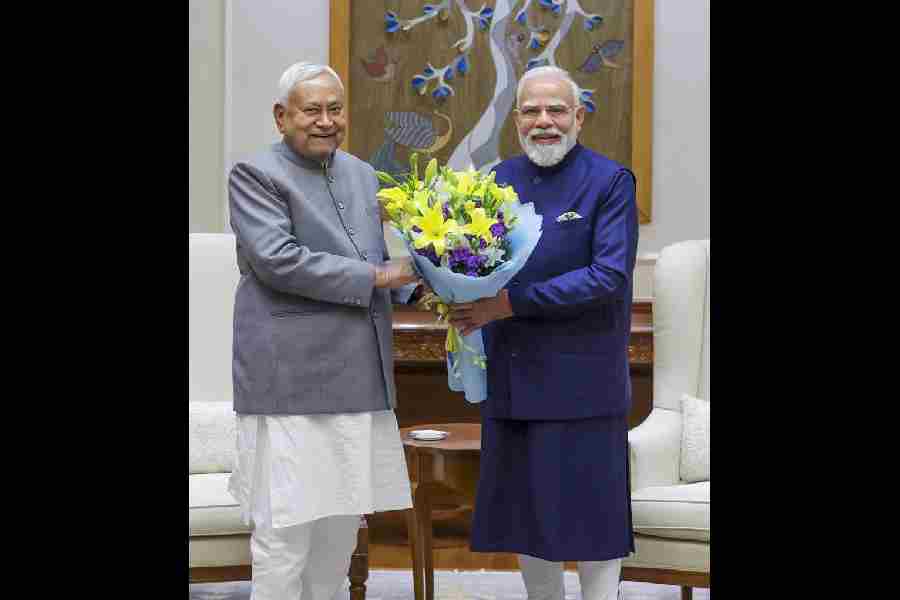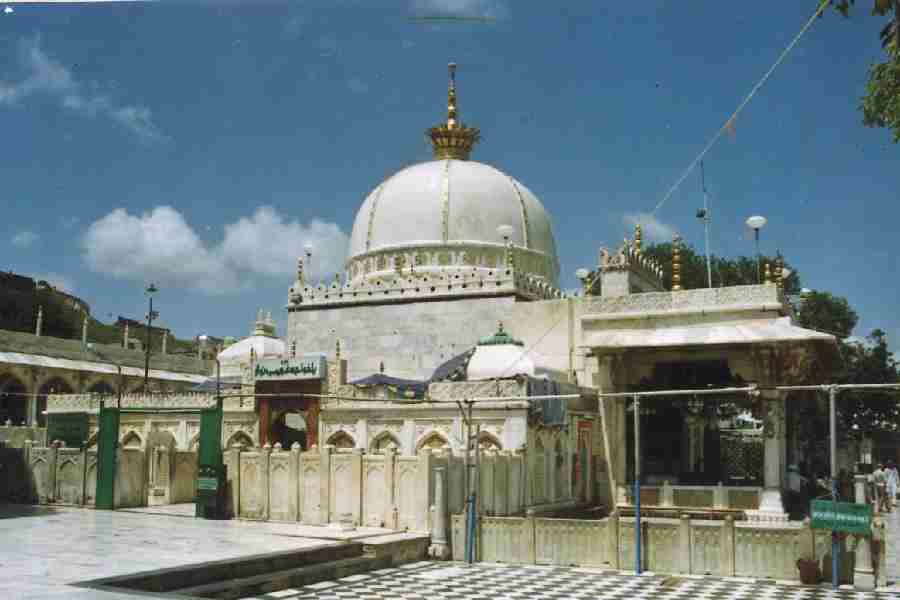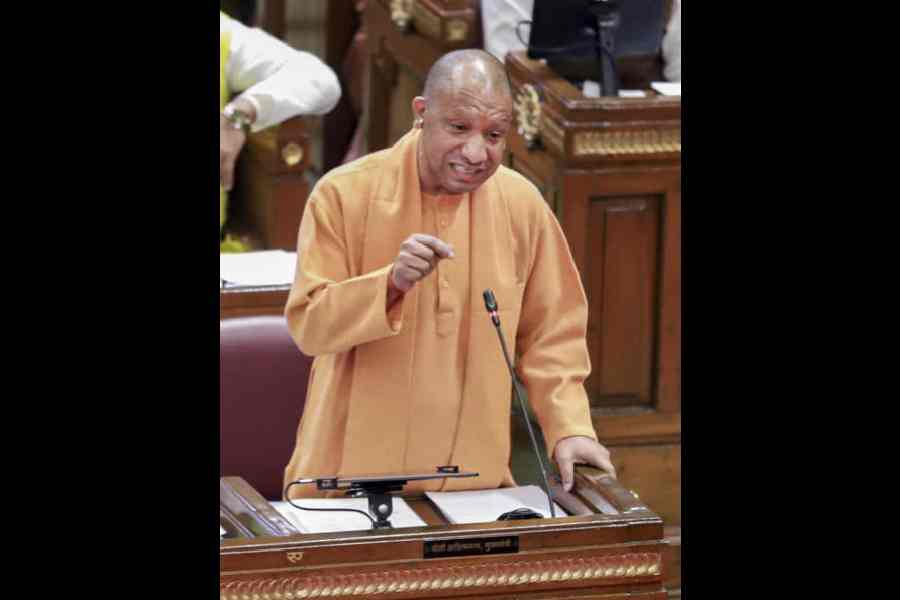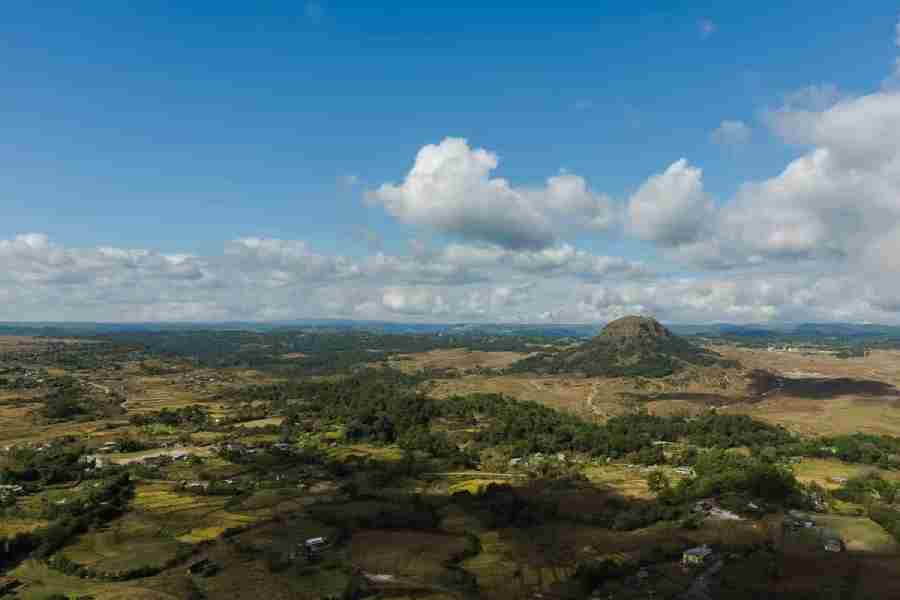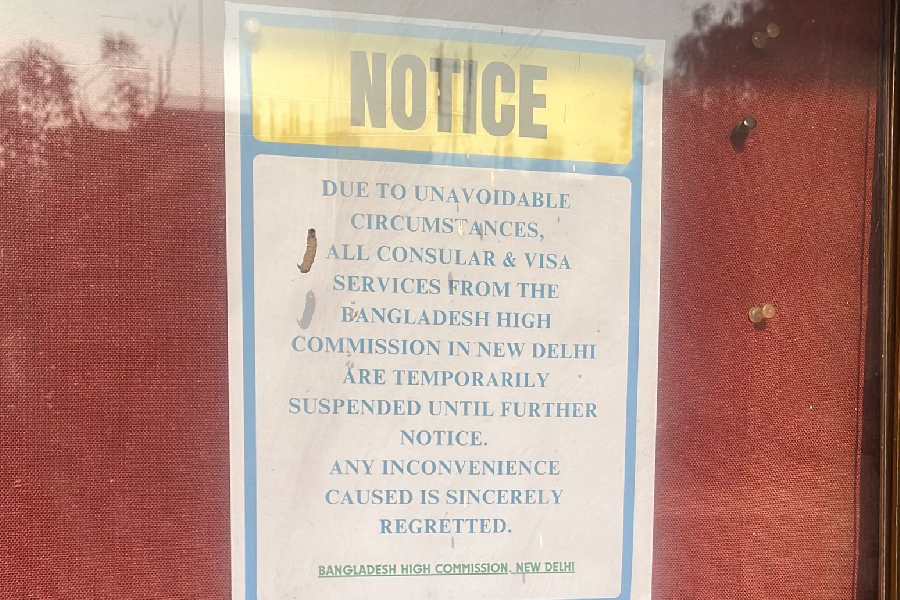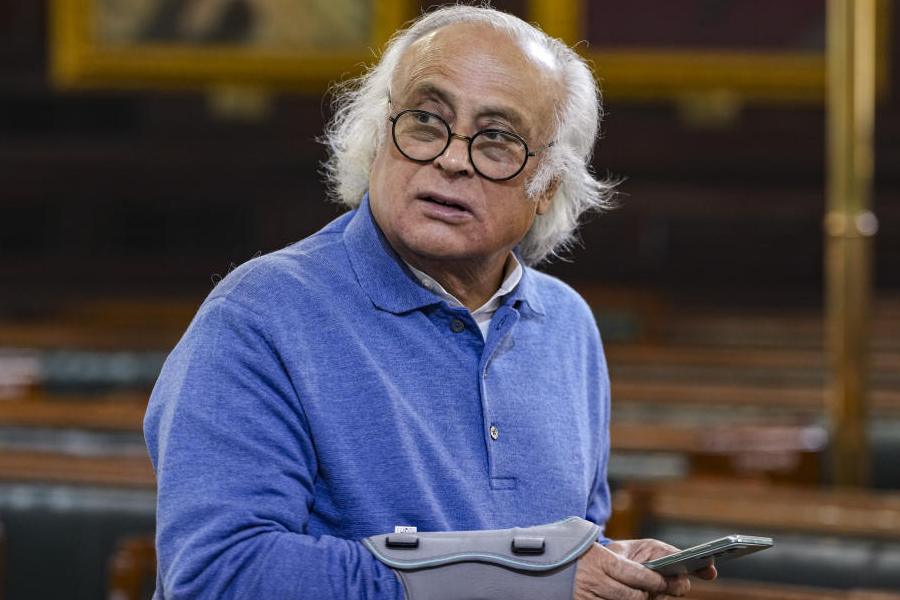
The Odisha government has claimed Paika vidroha (1817) as the country's first war of Independence. This claim has been made not only because it predates the Sepoy Mutiny by 40 years, but also for its territorial spread, nature of popular mobilisation that had transcended barriers of caste, class and creed, and its organisational aspect.
A claim of this nature on the occasion of the bicentenary celebrations of the Paika vidroha has spurred the social imaginary of historians, social scientists and practitioners of cultural studies.
The spirit of contestation, with which the present politics of remembering 1817 vs 1857 has been couched, also provokes critical consideration of certain interrelated aspects of anti-colonial resistance in Odisha.
Early years of colonialism in Odisha saw anti-colonial resistance, targeting the sarkar, with revolts occurring at Parlakhemundi (1799-1814), Khurda (1817) and Ghumsar (1835-1836).
The latter half of the 19th century witnessed a visible shift in the targets of attack. The revolts came to be directed against associates of the colonial order such as zamindars, sahukars and rajas as well. This pattern is discernible in the Kandha uprisings (1837-56) in the hills of west Odisha, Kalahandi (1882) and Keonjhar meli (1868/91-92).
One can make sense of the character of Paika vidroha against this backdrop. The practice of recruiting the paikas (literally foot soldiers; landed militia), a class of military retainers, from diverse social groups by kings of Odisha dates back to the 16th century.
In return for their assigned jobs, the paikas enjoyed nishkar jagirs (rent-free lands) and titles. The entry of colonial order and its attendant land revenue policy led to the paikas losing their jagirs.
It was in this context that Bakshi Jagabandhu Bidyadhar Mahapatra, the military general of the then Gajapati king Mukund Dev II, led an army of paikas, teamed up with the Kandhas of Ghumsar and rose in rebellion in 1817.
The colonial symbols such as kachheri, treasury, thana and salt establishments became their targets. British officials in Khurda were killed in the course of this battle. Bakshi remained engaged in this protracted yet valiant battle by escaping to the jungles in the face of counter insurgency measures before surrendering to the colonial power under negotiated terms. The upsurge was marked by both widespread territorial as well as social reach.
The rebellion spread from Ghumsar (in the south), Banpur, Khurda, Pipili, Puri, Kujanga, Pattamundai and as far as Keonjhar (in the north).
Similarly adivasis, peasants, outcastes, paikas, and malangis (salt manufacturers) were mobilised during the course of the movement. Apart from the dissatisfaction of the paikas with the new revenue and territorial policies, the introduction of the colonial currency system that insisted on revenue payment in silver currency instead of the hitherto prevalent practice of cowrie, along with the British policy on salt, spelt untold economic hardship for the adivasis, outcastes, dispossessed peasantry and other marginalised groups.
This explains the anger and consequent vigorous participation of such sections in the revolt. It is an irony that these voices of Kandhas and outcastes remain somewhat muted in popular memory of the rebellion and what gets glorified is the legacy of the valiant fighting spirit of a race reflected through the imagery of paika.
Going beyond the standard colonialist and nationalist narratives, research on 1817 has witnessed interesting shifts in approaches and focus in recent years with the examination of the event from neo-Marxist, sub-altern and cultural perspectives. Scholars such as Yaaminey Mumbayi and Haraprasad Das have pointed to the varied yet unexplored dimensions of the revolt while interrogating some of the received understanding of the event.
The attempt to memorialise the Paika rebellion in its bicentenary year in Odisha includes representational drives in terms of budgetary provisions for celebration of the event, felicitation of the heirs of paika families, naming trains and a state-sponsored rural drinking water scheme after Bakshi Jagabandhu, setting up a Paika Academy, paika akhada or erecting memorial pillars at the site of the struggle, organisation of light and sound programmes and special gallery on the event, organisation of conferences and publishing archival documents. These concerns highlight the demand for new commemorations, for a new national calendar (1817) and a new set of heroes (Bakshi Jagabandhu, Jai Rajguru, Kandhas). This form of remembering a particular past documents a contesting spirit that seeks to give voice to hitherto under-represented histories, regions and identities.
It also brings out alternative modes of the revisiting of history through exploration of folk songs and tales, vernacular literature, culture and tradition of the region and thereby releasing space of popular, vernacular and anti-elite history and claims and ways of commemorations which contest existing knowledge of Indian nationalism.
What is significant to note here is the absorption of this event of remembering of 1817 to the agendas of the competing political parties of the state.
It may not be entirely inappropriate here to suggest that for both the BJP and the BJD memorialising 1817 implies an enterprise of invoking the sense of chivalry and martial glory associated with the regional paika tradition as an identity marker for the Odia race, as part of their larger political project of electoral politics. Thus, one could see how memorialising the event of 1817 has a public character and how such historical moments can potentially produce a metaphor for public life which can also remain subject to scrutiny and public contests at the same time.
The issue of popular rituals also needs to be juxtaposed with the questions of how democracy and mass media influence each other. It needs to be stressed that the mass culture of post-colonial India has radically altered the character of public sphere in Indian democracy where the sphere draws its every day sustenance from direct appeal to senses than relying on hitherto privileged category of disembodied reasoning.
It is against this broader context that a disciplined, orderly and elite democracy remains pitted against contestations of a vernacular and popular politics of varied nature on an everyday basis.
This clash importantly also entails a productive tension and a political question for pedagogy whether to "see people as mere representation of the elites" or "can they speak directly". Some of the answers to the business of remembering 1817 or 1857 and the split views it carries can perhaps be gainfully explored by looking into this searching question.
(The writer is professor of history at Ravenshaw University)


